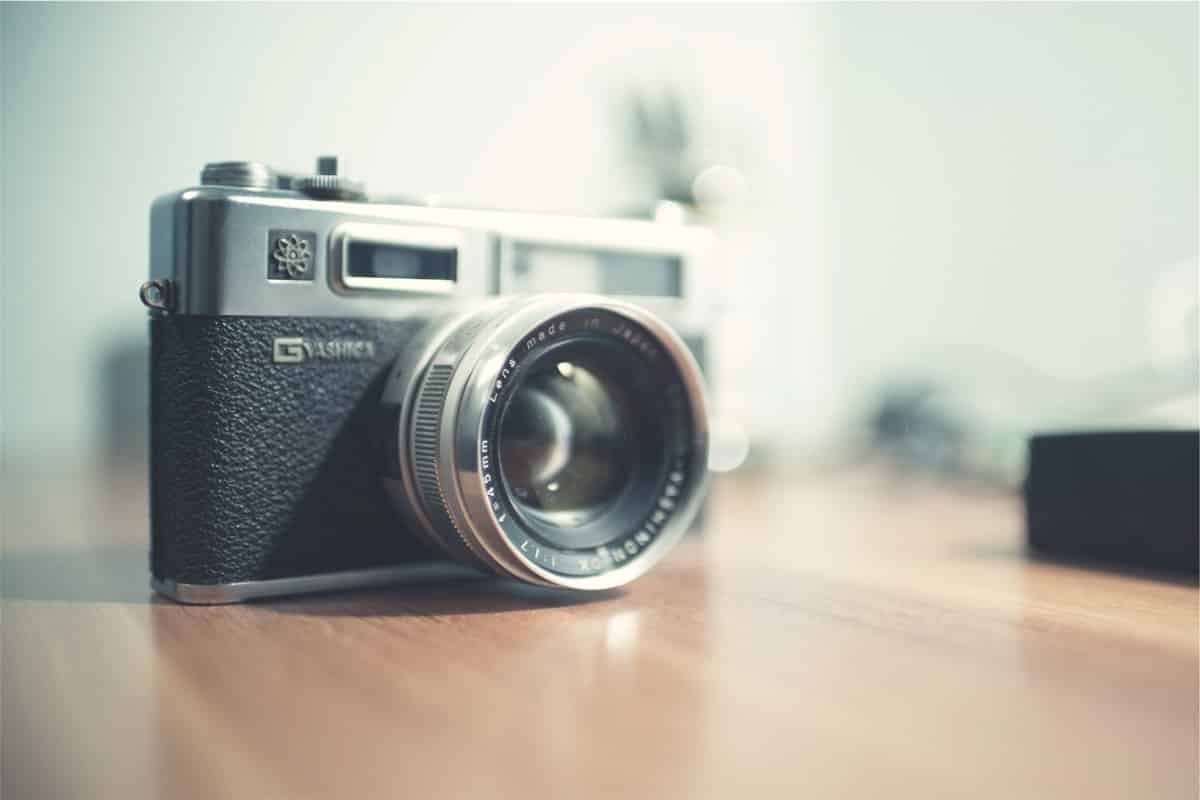Proper scope leveling is paramount for achieving accurate shots. A canted reticle can result in substantial horizontal displacement, making it impossible to hit the target. Even a 1-degree cant can cause approximately 1 MOA of displacement at 100 yards, markedly impacting accuracy. Visual inspection and regular maintenance can help identify and prevent cant. By leveling the scope, shooters can maximize rifle performance, minimize errors, and improve overall accuracy. Failure to level the scope can lead to inaccurate shots, making it essential to prioritize this critical aspect of rifle customization. Further understanding of scope leveling principles can reveal additional insights into achieving peak rifle performance.
Key Takeaways
- A canted reticle can throw off a shot by several inches or feet, making scope leveling vital for hunters and competitive shooters.
- A 1-degree cant results in approximately 1 MOA of horizontal displacement at 100 yards, disrupting rifle alignment and causing inaccurate shots.
- Holdover marks on the reticle provide visual feedback, indicating if the scope is canted, and regular scope maintenance is vital to detect any misalignment.
- Prioritizing scope leveling can notably improve shot accuracy, especially at long ranges, and optimize the rifle's performance for a successful hunt.
- Leveling the scope can minimize the risk of cant-related errors and improve overall shooting accuracy, making it a simple yet crucial step for accuracy.
What Is Scope Leveling?
Scope leveling, a vital aspect of rifle setup, refers to the precise installation of a scope so that the vertical axis of the reticle is perpendicular to the action of the rifle, guaranteeing that the reticle is also level with the earth when taking a shot. This process is essential for accurate shots, as a canted reticle can throw off a shot by several inches or feet. In rifle customization, scope installation must be done with precision to achieve peak performance. A level reticle guarantees that the shooter's aim is true, and the bullet hits its intended target. Proper scope leveling is vital for hunters and competitive shooters who demand accuracy and reliability from their rifles.
The Importance of Leveling
Accurate shots hinge on a level reticle, as even a slight deviation from the vertical axis can introduce substantial horizontal displacement. The importance of leveling cannot be overstated, as a canted reticle can throw off a shot by several inches or feet. Leveling the reticle is vital, especially for long-range shots. In Scope Calibration, a level reticle guarantees that Rifle Ergonomics are aligned, allowing for precise shots. A slight cant can profoundly affect shot accuracy, making it essential to prioritize leveling. By doing so, hunters can confirm accurate shots and increase their chances of success.
A Canted Reticle's Impact
When a reticle is canted, even slightly, it can introduce significant horizontal displacement, making it essential to understand the impact of cant on shot accuracy. A canted reticle disrupts rifle alignment, causing the bullet's trajectory to deviate from the intended path. This deviation is amplified as the distance to the target increases, resulting in missed shots. To compensate for cant, it is vital to level the reticle to the earth plane, guaranteeing the rifle's vertical axis is perpendicular to the earth. Failure to do so can lead to significant horizontal displacement, making accurate shots impossible. By understanding the impact of cant, shooters can take corrective measures to verify their rifle and reticle are properly aligned, resulting in more accurate shots.
Calculating Displacement Due to Cant
To quantify the effects of cant on shot accuracy, shooters must understand the mathematical relationship between the angle of cant and the resulting horizontal displacement. This is essential for maintaining Rifle Maintenance and adhering to fundamental Shooting Fundamentals.
- A 1-degree cant results in approximately 1 MOA of horizontal displacement at 100 yards.
- To calculate displacement, use the formula: Horizontal Displacement = Dial adjustment in MOA + 3 \* sine of angle of cant.
- This calculation is vital for long-range shooters, as even a small cant can substantially affect shot accuracy.
- Understanding cant's impact on displacement enables shooters to make adjustments and refine their shooting technique, ultimately improving overall accuracy.
Identifying a Crooked Scope
By recognizing the subtle signs of a misaligned scope, hunters can detect and correct a crooked scope, thereby guaranteeing that their shots fly true. A crooked scope can be identified through visual inspection, paying attention to the reticle's alignment with the rifle's action. Holdover marks on the reticle can also provide visual feedback, indicating if the scope is canted. Regular scope maintenance is vital to detect any misalignment. Rifle harmony is disrupted when the scope is not properly aligned, leading to inaccurate shots. By incorporating scope leveling into their routine, hunters can maintain a harmonious relationship between their rifle and scope, resulting in improved accuracy and a higher success rate in the field.
Using Bubble Levels Effectively
Incorporating bubble levels into a shooter's routine can substantially enhance the accuracy of their shots, as these simple yet effective tools provide immediate visual feedback on the scope's levelness.
To use bubble levels effectively, shooters should:
- Attach the bubble level to the scope tube, securing it firmly to prevent movement during shooting.
- Verify the bubble level's position using a level on the scope's top turret to confirm accurate readings.
- Check the bubble level regularly during shooting sessions to maintain Rifle Alignment and Scope Calibration.
- Make adjustments to the scope as needed to guarantee a level reticle, guaranteeing accurate shots and minimizing the effects of cant.
The Importance of Holdover Marks
Holdover marks on the reticle provide visual feedback to identify a canted scope, allowing hunters to make adjustments and guarantee a level reticle, thereby minimizing the effects of cant on shot accuracy. This is essential for precise scope alignment and rifle calibration. Even slight deviations can throw off shots, making it imperative to confirm the reticle is level with the earth. Holdover marks serve as a visual indicator, enabling hunters to make adjustments and achieve perfect scope alignment. By utilizing holdover marks, hunters can eliminate the negative impact of cant on shot accuracy, guaranteeing a level reticle and precise rifle calibration. This attention to detail is essential for hunters seeking to maximize their accuracy and make the most of their rifle's capabilities.
Leveling for Long-Range Shots
When shooting at extended ranges, even slight deviations in scope leveling can dramatically amplify the effects of cant, making precise reticle alignment essential for accurate shot placement. At long ranges, minor errors in rifle alignment can result in significant horizontal displacement, compromising shot accuracy. To mitigate this, it is vital to verify the scope is level with the earth, taking into account the earth angle. This is particularly important for long-range shots, where even a small cant can have a substantial impact on shot placement.
- Verify the rifle is level with the earth, considering the earth angle.
- Use a bubble level to confirm the scope's levelness.
- Make adjustments to the scope's position to achieve precise reticle alignment.
- Regularly inspect and adjust the scope's levelness to maintain accuracy.
Overcoming Cant in the Field
In the field, hunters often encounter uneven terrain, making it challenging to maintain a level rifle and scope, which can lead to cant-induced errors that compromise shot accuracy. To overcome cant in the field, it's vital to prioritize rifle calibration and field accuracy. A well-calibrated rifle and scope can help mitigate the effects of uneven terrain, providing a level shooting platform. Hunters should take extra precautions to confirm their rifle and scope are properly aligned, using tools such as bubble levels to verify scope levelness. By doing so, hunters can minimize cant-induced errors, resulting in improved field accuracy and more precise shots. By prioritizing rifle calibration and field accuracy, hunters can increase their chances of making accurate shots, even in challenging terrain.
Visual Feedback for Accuracy
Properly calibrated reticles can provide instant visual feedback, enabling hunters to detect even slight deviations from a level plane, thereby facilitating swift corrections and ensuring accurate shots. This visual feedback is essential during scope installation and rifle calibration, as it allows hunters to identify and adjust for any cant or misalignment.
- Reticles with precise markings and clear optics enable hunters to detect even slight deviations from a level plane.
- Visual feedback is essential for making swift corrections and ensuring accurate shots.
- Hunters can use visual feedback to fine-tune their scope installation and rifle calibration.
- By leveraging visual feedback, hunters can minimize the risk of cant-related errors and improve their overall shooting accuracy.
Prioritizing Scope Leveling
Accurate shots rely on a leveled scope, making it imperative to prioritize scope leveling as a fundamental aspect of rifle setup and calibration. Scope leveling is often overlooked, yet it's vital for precision shooting. A canted scope can throw off shots by several inches or even feet, rendering all other rifle customization efforts futile. As part of regular scope maintenance, hunters should verify their scope is properly aligned to the earth. This simple step can notably improve shot accuracy, especially at long ranges. By prioritizing scope leveling, hunters can optimize their rifle's performance and increase their chances of a successful hunt.
Frequently Asked Questions
Can I Level My Scope in the Dark or Low-Light Conditions?
In low-light conditions, utilize a red light source to preserve night vision, and attach a bubble level to the scope tube, ensuring accurate leveling without compromising your visual acuity.
Will a Canted Scope Affect My Shooting Accuracy at Close Ranges?
At close ranges, a canted scope's impact on accuracy is minimal, akin to a subtle whisper in the wind, but it's still vital to verify proper scope calibration, as even slight deviations can affect shooting stances and ultimately, your shot's precision.
Can I Use a Smartphone App to Level My Rifle Scope?
Yes, you can use a smartphone app to level your rifle scope, leveraging tools like Clinometer or ScopeCal, which offer precise calibration and leveling functionality, as evidenced by positive App Store reviews, ensuring accurate scope calibration.
How Often Should I Check and Adjust My Scope's Levelness?
As the rifleman's foundation crumbles, so does their shot; to avoid this, incorporate scope leveling into your Shoot Preparation routine, checking and adjusting levelness during every Scope Maintenance session to guarantee a solid foundation for accurate shots.
Are All Bubble Levels Suitable for Use on Rifle Scopes?
Not all bubble levels are suitable for rifle scopes; consider tactical applications and material durability. Look for levels with rugged, shock-resistant designs and accurate, precise leveling mechanisms to guarantee reliable performance in demanding environments.
Conclusion
A cant-free scope is a critical component of precision shooting. The adage 'accuracy is in the details' rings particularly true when it comes to scope leveling. Failure to verify proper alignment can result in significant displacement, rendering even the most skilled marksmen ineffective. By prioritizing scope leveling, shooters can avoid the pitfalls of cant and maximize their chances of success. Ultimately, attention to this often-overlooked detail can be the difference between a hit and a miss.









